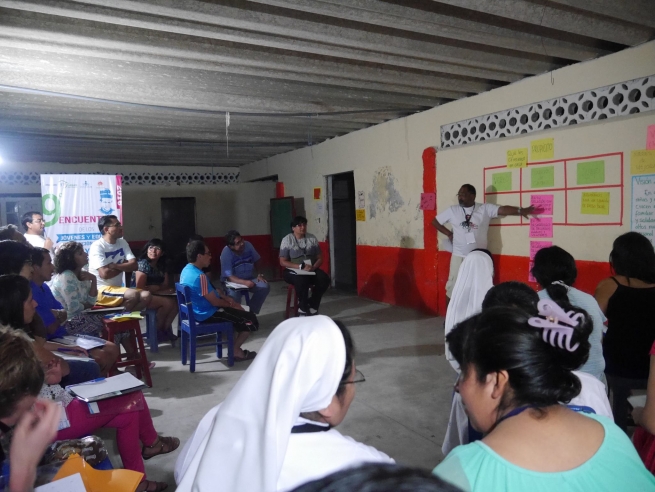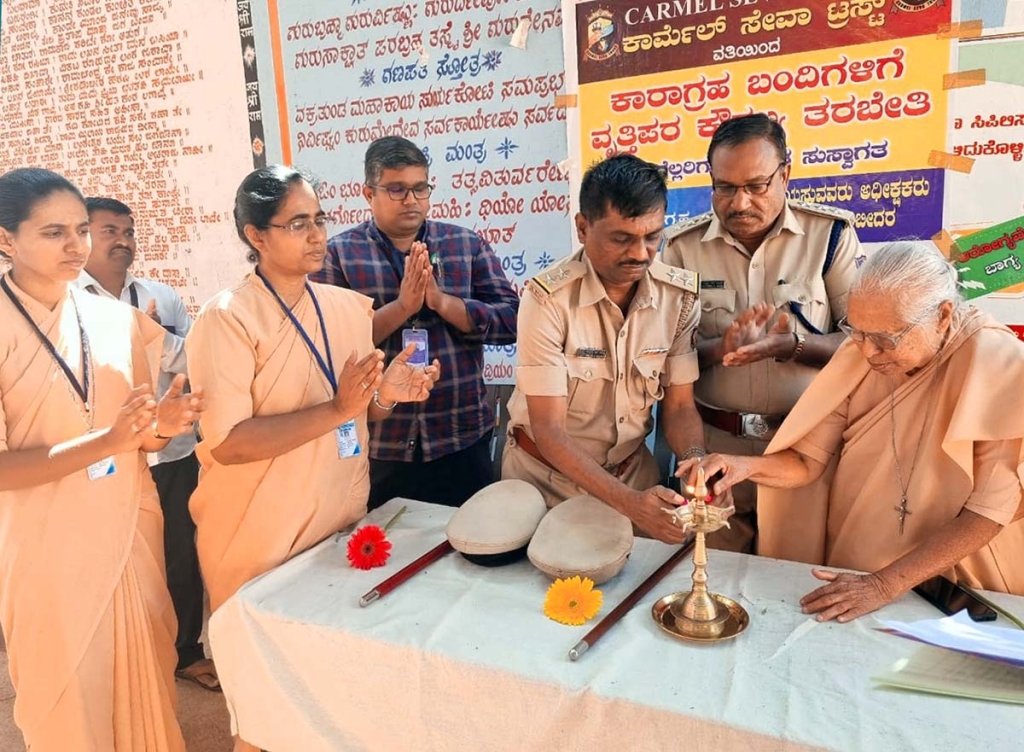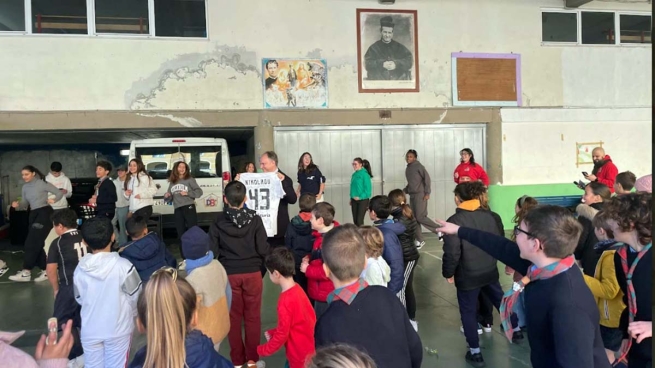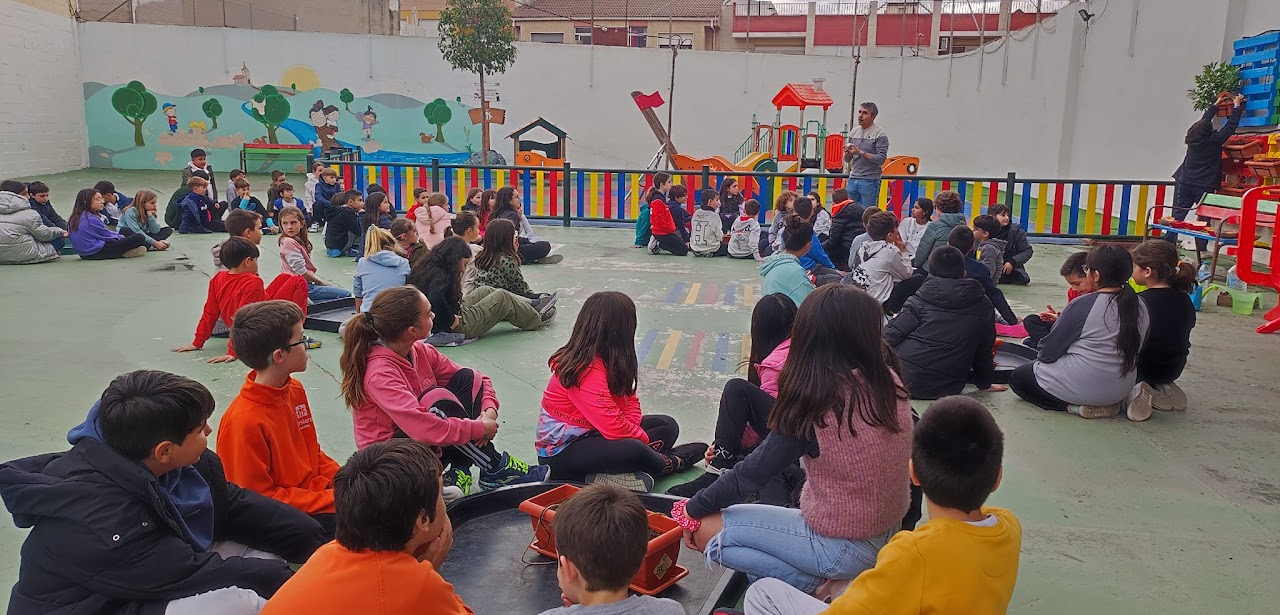PERU: Salesian Educators Developing Strategies for Combatting Child Labor, Helping At-Risk Youth

(MissionNewswire) Salesian missionaries have been working with Salesian educators and students to discuss strategies and ways to strengthen education and skills-training for youth at-risk. The work is facilitated by the Don Bosco House in Arequipa, the capital and largest city of the Arequipa Region in Southern Peru. Salesian missionaries at the Don Bosco House have brought together representatives from Salesian programs in Arequipa, Ayacucho, Huancayo, Lima, Cusco, and the Quebrada Honda missions in Calca and Amparaes to work to address these issues.
One of the primary concerns missionaries are working to address is data they have locally that states more than 120,000 youth across Peru are working instead of participating in school. As noted by the Salesians, thousands of children are working in the street some selling candy and others shining shoes. This ongoing work provides a platform for the exchange of experiences and expertise among educators and youth dedicated to addressing the concerns of child labor and at-risk youth. The group has discussed specific interventions, social-skills training, education and technical skills training, and how to best meet basic needs for these youth in order for them to access educational programming.
“Education is a path out of poverty for many youth,” says Father Mark Hyde, executive director of Salesian Missions, the U.S. development art of the Salesians of Don Bosco. “Salesian programs provide a solid education for the future and allow students to take what they learn in the classroom and put those skills into practice with real world experience, which helps them develop both personally and professionally. The meeting held will help Salesian missionaries across Peru apply the lessons in successful Salesian programs to their own communities.”
In one successful Salesian program at the Don Bosco Young People’s Home in Lima, youth practicing their baking skills by making breads, sweets and traditional Christmas panettone, a sweet bread loaf. All from disadvantaged backgrounds, the students reside and learn at the Salesian-run home. They are provided shelter and nutritious meals and have access to education, employment and life skills training. The programs offered at the home aim to help youth break the cycle of poverty by providing them the skills to find and retain meaningful employment upon graduation.
Taking the skills learned in the classroom, students utilize a kitchen available at the home to practice their skills and become employment ready. They make the breads and sweets which are provided to staff and students at the home while also selling their baked goods in the community in order to raise funds to support other program activities. Programs like this help youth access the shelter and basic needs they require to be able to focus on their studies. It allows them to stop working and come in off the streets to access education and the skills-training they need for a better life.
Peru faces high levels of income inequality and has more than a quarter of its population living in poverty, according to the World Bank. Poverty levels are significantly higher in rural areas but urban areas struggle most with inequality, most notably metropolitan Lima. Poverty in the country is made worse by a shortage of productive farmland and a lack of job skills among women entering the workforce as well as a lack of adequate housing, nutrition and education.
Peru has also been plagued by hunger and disaster. According to the World Bank, close to 25 percent of children in the country are chronically malnourished. Communities continue to rebuild after an 8.0 earthquake in August 2007 which killed more than 500 people in the central coastal cities of Chincha, Pisco and Ica and injured hundreds more. The quake destroyed close to 60,000 residential and commercial buildings, leveled hundreds of acres of farmland and left countless Peruvians without means of livelihood.
###
Sources:
ANS – Peru – Continue to invest in training young people
World Bank – Peru
Salesian Missions – Peru




